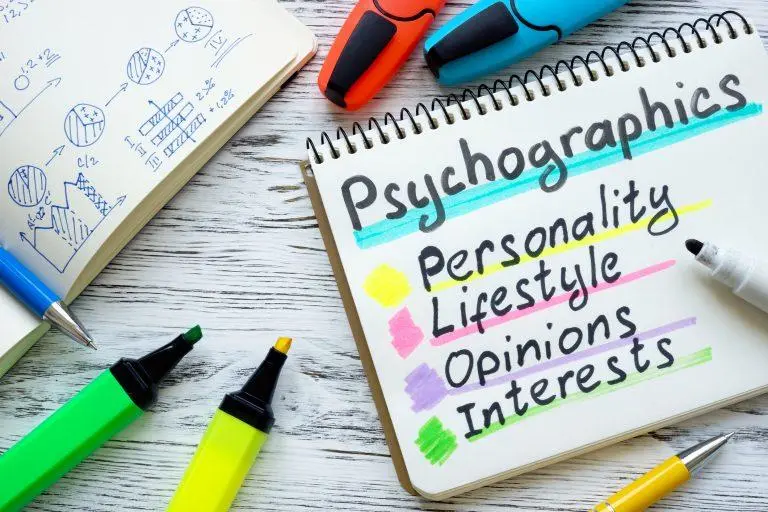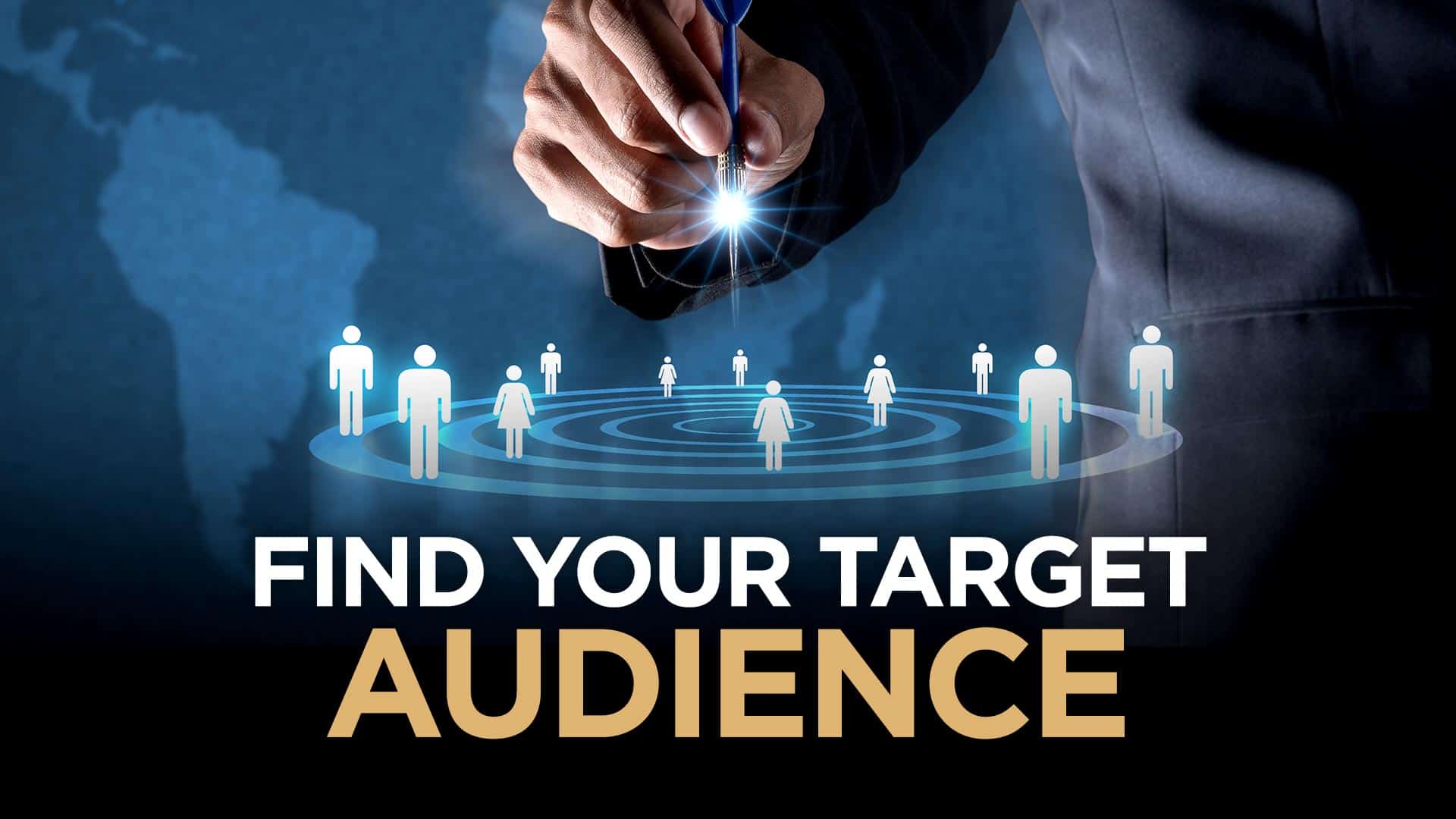One of the most crucial steps in building a successful business, blog, or online presence is understanding who your target audience is. Without a clear sense of the people you are trying to reach, your marketing efforts, content creation, and product development can become scattered and ineffective. Finding your target audience ensures that your messages resonate with the right people, leading to higher engagement, better conversions, and long-term loyalty. Here’s a detailed guide on how to identify and connect with your ideal audience.
1. Define Your Product or Service Clearly

Before you can find the right audience, you need a clear understanding of what you are offering. Take the time to define your product, service, or content in precise terms. Ask yourself: What problem does it solve? What unique value does it offer? Who would benefit the most from it? A clear product definition acts as a foundation for identifying your ideal audience. Without this step, you might waste time targeting the wrong people.
2. Conduct Market Research
Market research is an essential step in audience identification. Start by analyzing your industry and competitors. Look at who they are targeting and see where there might be gaps or opportunities. Tools like Google Trends, social media insights, and survey platforms can help you understand demographic trends, preferences, and behaviors. The goal is to uncover patterns that indicate who is most likely to engage with and buy from you.
3. Identify Demographics
Demographics refer to the basic statistical characteristics of your audience, such as age, gender, location, income level, education, and occupation. Creating a demographic profile helps narrow your focus. For instance, if you are selling high-end fitness gear, your audience might consist of adults aged 25-45, primarily located in urban areas, with disposable income to spend on quality products. Defining demographics ensures your marketing messages reach people who are most likely to resonate with your offerings.
4. Understand Psychographics

While demographics tell you who your audience is, psychographics explain why they behave the way they do. This includes interests, hobbies, values, lifestyle choices, attitudes, and buying motivations. For example, two people may both be 30-year-old professionals, but one might value sustainability and wellness, while the other prioritizes convenience and speed. Understanding psychographics allows you to create messages that appeal to their deeper motivations, making your marketing far more effective.
5. Build Buyer Personas
A buyer persona is a semi-fictional representation of your ideal customer, based on real data and insights. Include details such as name, age, occupation, challenges, goals, preferred communication channels, and shopping habits. The more specific your persona, the easier it is to tailor your content and campaigns. For example, a persona for a blog about personal finance might be “Emily, a 28-year-old recent graduate, looking to save for her first apartment while managing student loans.” Personas help humanize your audience and make your marketing strategy more focused.
6. Use Analytics Tools
Analytics tools provide valuable data about who is already engaging with your content or website. Platforms like Google Analytics, Facebook Insights, and Instagram Analytics can reveal your audience’s age, gender, location, devices used, and interests. By analyzing traffic patterns and engagement metrics, you can adjust your strategy to better target the audience segments that are most responsive.
7. Engage Directly with Your Audience

One of the most effective ways to understand your target audience is to interact with them directly. Conduct surveys, polls, or interviews to gather firsthand insights about their needs, preferences, and pain points. Monitor social media conversations, comments, and reviews to see what people are saying about your niche. Listening to your audience provides qualitative information that complements the quantitative data from analytics.
8. Test and Refine Your Strategy
Finding your target audience is not a one-time task. Consumer behaviors, trends, and interests change over time. Use A/B testing, social media ads, and email campaigns to experiment with different messaging, visuals, and offers. Track performance, learn from results, and refine your audience targeting accordingly. This iterative process ensures that your marketing continues to resonate and remain effective.
Conclusion
Knowing your target audience is the cornerstone of any successful marketing strategy. By clearly defining your offerings, researching the market, analyzing demographics and psychographics, creating buyer personas, leveraging analytics, and engaging directly with your audience, you can identify the people who are most likely to connect with your brand. The better you understand your audience, the more effective your communication, the stronger your relationships, and the higher your chances of achieving long-term business growth. Finding your target audience is not just about numbers—it’s about understanding people and delivering real value to the right individuals at the right time.



